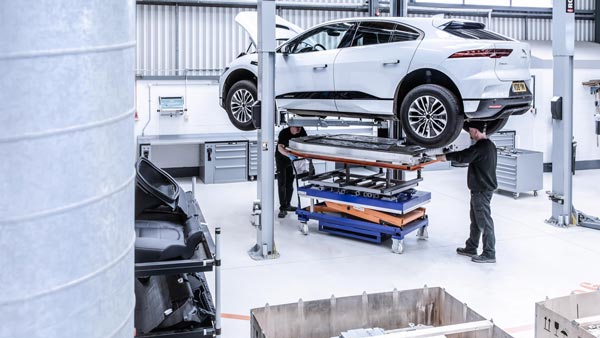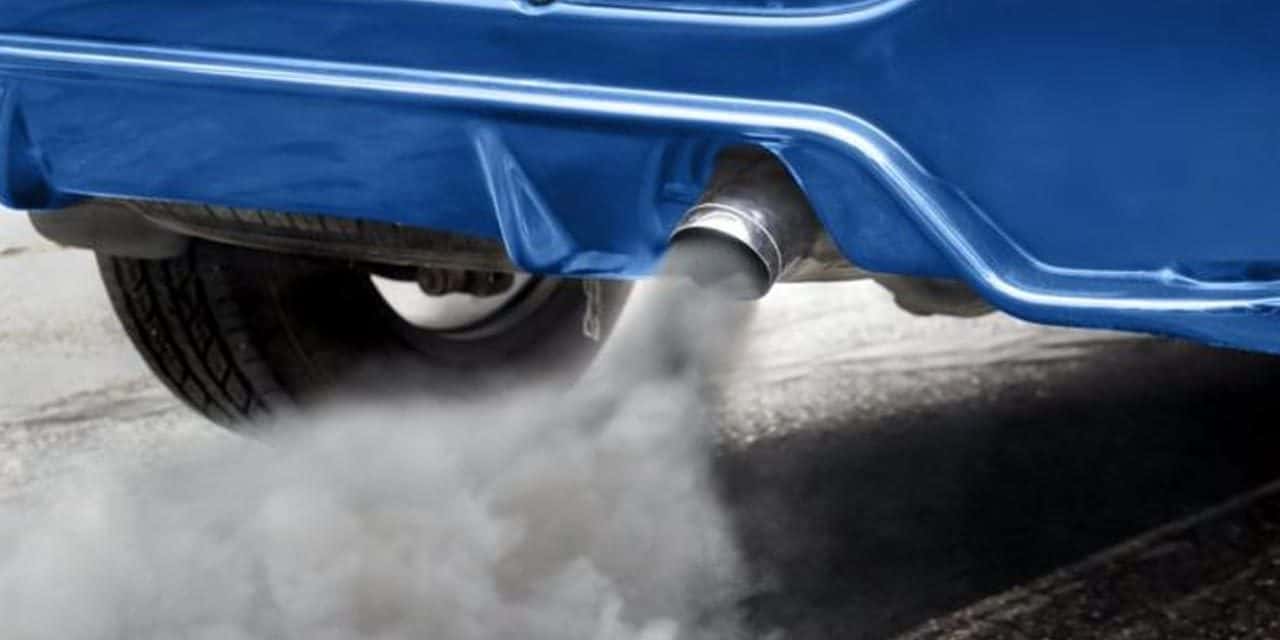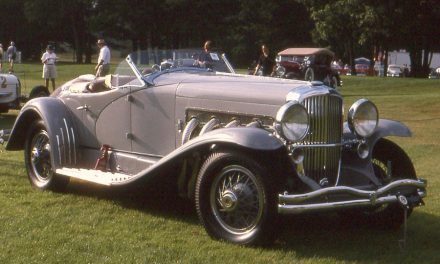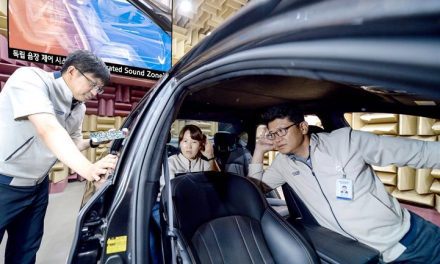From last week, drivers of most diesel vehicles and all older cars will have to pay an extra charge to enter certain parts of the Brit capital.
Which parts? The ULEV parts. The letters stand for Ultra Low Emissions Zone and the rules are intended to discourage driving older cars into central London because some ‘experts’ reckon they cough more muck into the air.
The Evening Standard says those experts believe the ULEZ will help reduce harmful emissions by 45
The current zone is in central London and drivers of affected vehicles will pay about AUD$35 extra to enter that area. The fee is on top of a standard congestion charge to enter London.
The northern and southern parts of the city will get their own ULEZs in 2021.
Frank Kelley, Professor of Environmental Health at London’s King’s College, said the differences won’t be noticeable to the human eye since the ULEZ targets pollutants that are invisible.
The scheme targets a pollutant known as PM2.5, a gas nitrogen dioxide.
To show the ULEZ is effective, analysts will need to look at data collected via the London Air Quality Network, Kelley says.
Weather may also play a part. If the weather is good, there should be a noticeable decrease in the harmful pollutants in a couple of days. If not, it may take weeks to see the effects. Except that you can’t actually see them.
However, if the Greens get their way, it seems the internal combustion engine might be on its last lap.
So far, nine countries and a dozen cities or states have announced future bans on diesel.
Copenhagen wants no diesel cars from next year. Last December, Paris, Madrid, Athens and Mexico City said they would remove diesel cars and vans by 2025. Norway will phase out conventional cars by 2025, followed by France and the United Kingdom in 2040 and 2050, respectively.
So far it’s all just words.

Meanwhile, Jaguar has announced it has started the second phase of its ‘materials
Jaguar will recycle aluminium from old models and use the same materials to build new cars.
In the process, the aluminium will become a new higher-grade material, too. The development for the second phase of what Jaguar calls its closed-loop strategy has begun with pre-production I-Pace SUVs that need to be scrapped.
The electric SUVs have their batteries removed (which are also recycled or placed into a second life) and a
Sensors identify the aluminium, which is pulled out, melted, and reformed.
The benefits are that Jaguar uses less raw materials per new car built, which saves money and the environment and also further reduces CO2 production.
The brand said it’s already reduced CO2 produced per car manufactured by 46
While the new process is only in a test phase, Jaguar has already been recycling aluminium in other manners for years.
Since 2013, around 300,000 tonnes of aluminium have been processed into the company’s aluminium architecture that underpins its vehicles.
In 2014, the Jaguar XE became the first car to include a specific aluminium alloy grade in its body panels, which was made of 75
In the future, the new recycling program should go hand-in-hand with shared fleets of cars.
When Jaguar deems a fleet is ready for retirement, it can call the cars back for recycling and use the same materials to manufacture new vehicles.
The economies of scale will make for an efficient recycling process that’s easier on the Earth, Jaguar believes.
However, much of Jaguar’s plans – and future – could depend on the outcome of Brexit.
What the future holds right now is anybody’s guess.







